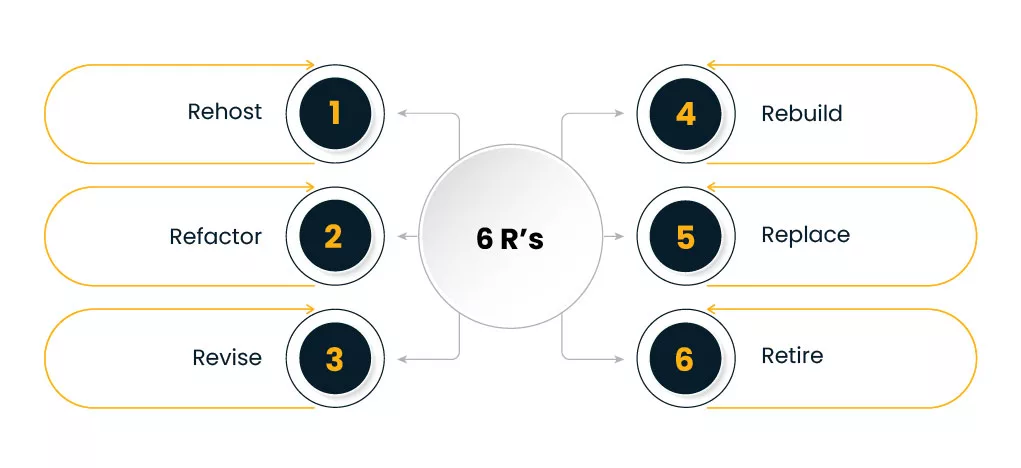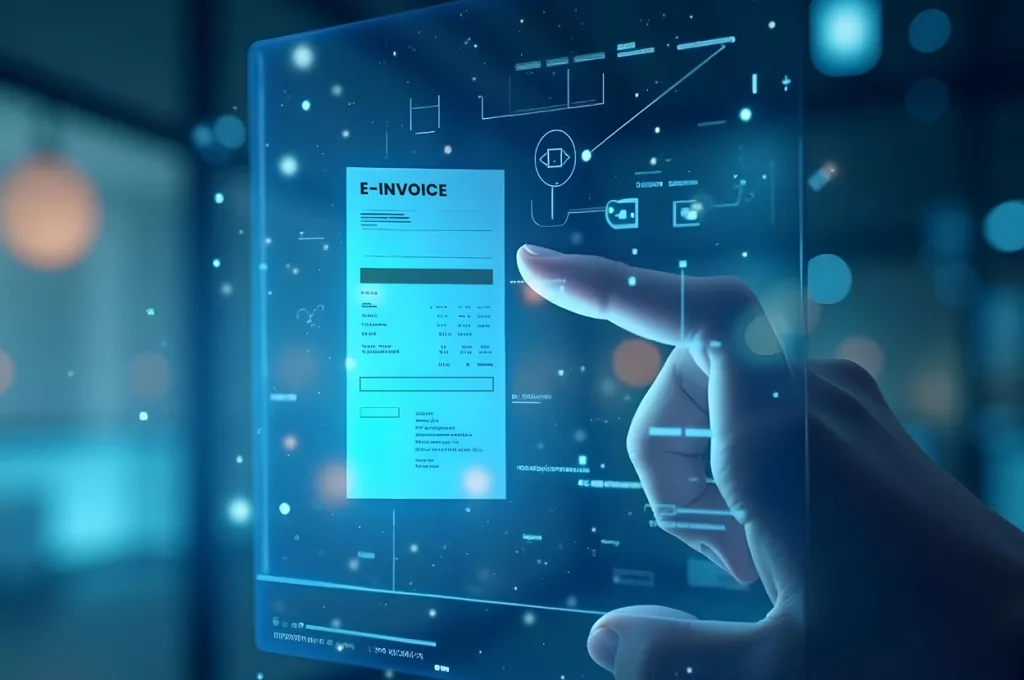Here’s what’s happening right now. According to Gartner’s latest research, worldwide public cloud spending hit $591 billion in 2023. That is a 20.7% jump from 2022. These numbers aren’t just statistics – they represent a fundamental shift in how companies operate.
Most businesses today face the same problem. Their current IT systems can’t keep up. Legacy servers crash during peak traffic. Database queries that should take seconds drag on for minutes. While competitors roll out new features weekly, these companies need months to make simple changes.
Cloud modernization services solve this exact problem. But here’s the catch – just moving your stuff to the cloud won’t cut it anymore. You need a complete overhaul of how your technology works.
Think about it this way:
- Your competitors who modernized early can now deploy updates in days
- Customer expectations have shifted to 24/7 availability
- System downtime directly impacts revenue
- Manual processes eat up your team’s productivity
Enterprises that fail to modernize get left behind.
Businesses Are Rushing to Modernize Their Cloud Infrastructure
Companies are modernizing cloud infrastructure because business needs can’t wait. These days, everyone feels the push to move faster and stay on top of strict compliance rules.
According to a recent Gartner report, by 2025, over 95% of new digital workloads will be deployed on cloud-native platforms. This shift is happening because traditional IT is running into real limitations:
- High maintenance costs for aging infrastructure
- Slow rollout of updates and new products
- Hard to keep up when demand suddenly rises
- Worries about losing data or unexpected downtime
- Security gaps as threats evolve
For many companies, sticking with old systems means falling behind. This urgency is exactly why decision-makers are prioritizing cloud modernization services now.
What Does a Successful Cloud Modernization Strategy Look Like?
A successful approach to cloud modernization services depends on your current environment and business goals. But there are clear steps every business should follow.
| Step | What Happens |
| Assessment | Review current systems, costs, pain points, and goals |
| Roadmap Creation | Build a detailed migration plan with clear milestones |
| Application Prioritization | Decide which apps move first, based on value and risk |
| Data Strategy | Identify what data goes to the cloud, and how it’s secured |
| Modernization Execution | First migrate. Then refactor or rebuild systems as needed |
| Testing & Validation | Check for performance, security, and user experience |
| Continuous Improvement | Monitor and optimize after migration |
Each step in your modernization plan lays critical groundwork. To get the best results, it is also crucial to the right path for each application. The “6 R’s” model below helps match every system with the most effective modernization approach.

| 6 R’s | What It Means | When to Use It |
| Rehost | Move to cloud without code changes (“lift and shift”) | For quick wins with minimal risk |
| Refactor | Tweak code for cloud efficiency | When you want some cloud-native features |
| Revise | Update code for deeper cloud compatibility | For larger updates but less than a full rebuild |
| Rebuild | Rewrite app from scratch for the cloud | When legacy apps limit business goals |
| Replace | Swap app for SaaS or new cloud tool | For outdated or unsupported systems |
| Retire | Decommission unused or redundant apps | To cut costs and simplify the environment |
This model helps ensure each system gets the right treatment. Some may move as-is for speed and others need full replacement or retirement. However, most businesses find that a mix of these strategies works best.
Tips for Creating a Winning Strategy:
- Give each stage honest goals and a timeline you can actually stick to
- Get everyone involved early: IT, business team, and anyone who handles compliance
- Document dependencies between applications and data
- Plan for training and support after migration
When these elements are in place, companies avoid common pitfalls like:
- Downtime
- Unexpected costs
- Security gaps
How Do You Modernize Applications and Data Without Disrupting Operations?
No company can afford to put operations on hold while moving to the cloud. The goal of cloud modernization services is to keep your business running while updating your technology.
Here’s how experienced partners handle it:
- Phased Migrations: Move high-impact, low-risk workloads first. Leave critical or complex apps for later, after learning from initial migrations.
- Pilot Programs: Test the process with one department or application before scaling up.
- Dual Run Periods: Keep old and new systems running in parallel for a short time, so teams can switch back if needed.
- Clear Rollback Plans: Always have a plan to return to the previous state in case something unexpected happens.
- Communication: Keep every department informed. This way, the staff knows what to expect and who to contact if there’s a problem.
A Quick Checklist for Smoother Cloud Modernization
- Know which systems absolutely can’t go offline
- Plan your migrations for quieter times
- Try things out in a test setup before making anything live
- Write down what’s changing and keep everyone in the loop
Security and Compliance Requirements You Should Consider
Here is what most businesses focus on:
- Setting up strong user access so only the right people get in
- Encrypting data, whether it’s stored or being sent somewhere
- Using the security tools that come with your cloud platform to watch for issues
- Keeping good records for audits
- Staying updated with patches and updates
Compliance is even more essential for businesses in regulated industries like finance or health. Some common standards include:
- HIPAA for healthcare
- PCI DSS for payment processing
- ISO/IEC 27001 for information security
Cloud providers have built-in controls for many industry standards. Still, it’s up to you and your cloud modernization services partner to set things up correctly and keep an eye on them.
Common Security Features to Include
| Feature | Purpose |
| Multi-Factor Auth | Prevent unauthorized access |
| Data Encryption | Protect information from breaches |
| Automated Backups | Ensure fast recovery after incidents |
| Compliance Reporting | Meet industry and legal requirements |
| Network Segmentation | Limit damage from potential threats |
How Do You Choose the Right Cloud Modernization Partner?
The partner you select will shape the success of your cloud journey. Not all providers have the same experience or range of services.
When comparing cloud modernization services providers, look for these essentials:
- Look for a partner who has a clear plan and can walk you through every step
- Choose a team that actually knows your industry and has real success stories
- Make sure they handle everything—from early planning to security and support after launch
- Pick a company that can work with your setup, whether it’s hybrid, multi-cloud, or something unique to you
- Strong references and post-migration support
What to Look for in a Cloud Modernization Partner
| Requirement | Why It Matters |
| Industry Experience | Understands your compliance needs |
| Full-Service Offering | Handles every stage, start to finish |
| Security and Compliance | Keeps your data protected |
| Proven Track Record | Shows real results with other clients |
| Ongoing Support | Solves problems after migration |
At Cygnet, we help businesses transform by making cloud migration and modernization straightforward.
Our team covers everything:
- Assessment
- Migration
- Modernization
- Data
- Security
- Ongoing support
Companies that work with us save time and reduce risk, and that too at affordable prices.
Start Your Cloud Modernization Journey with Trusted Experts!
Modernizing your cloud setup means your business can stay secure and be ready for whatever’s next. With almost all new digital workloads shifting to cloud platforms by 2025, this is not something you can put off.
If you are looking to cut costs and set your business up for the future, we’re ready to help. Our team will walk you through each and every step.
Get in touch with our cloud modernization services experts today and see how easy cloud modernization can be.











